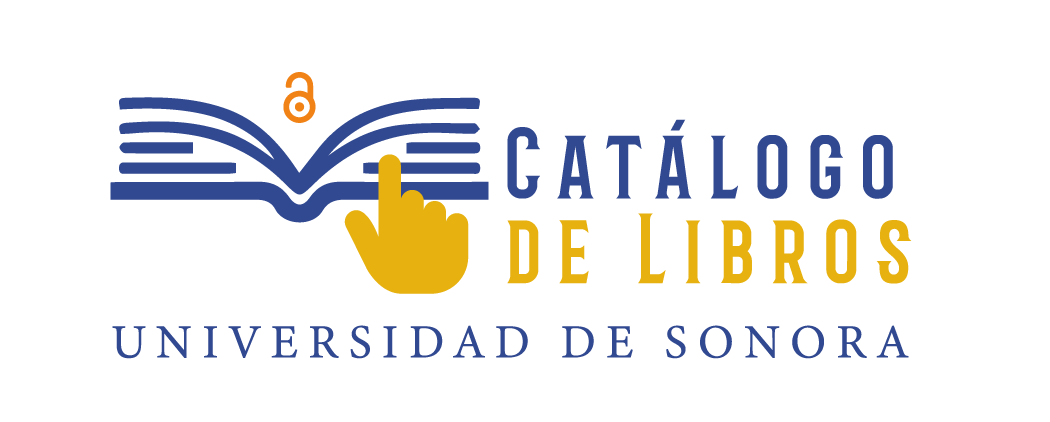Descripción de los principales atributos (origen, sexo, edad, condición corporal y peso de sacrificio) a la llegada al matadero y su impacto en las características de la canal del caballo Cuarto de Milla de descarte
DOI:
https://doi.org/10.18633/biotecnia.v24i2.1543Keywords:
Equine, quarter horse, attributes at slaughter, carcass traitsAbstract
In order to describe the effects of origin (Mexico and United States of America), sex, age at slaughter (AS, 4
categories), body condition score (BCS, 5 categories) and slaughter weight (SW, 4 categories) on carcass characteristics of culled quarter horses, data from 235 horses sacrificed in the same slaughter facility within a 150 days period were
analyzed. Overall, 74.5% were from the US, 80% were < 15 years of age and had BCS ≤ 4, and sex proportion was similar
(51.5% female vs 48.5% males). Horses from USA had heavier
SW (27%), leg circumference (4%), carcass weight (4.2%) and carcass yield (2.9%). Sex did not affect any characteristics evaluated. Horses from 3 to 8 years had greater rib eye area
(REA) and backfat thickness. Except for leg length, as BCS and SW improved, all carcass characteristics linearly increased as BCS and SW increased. It is concluded that origin, sex, and age, explained very little on the carcass characteristics. The slaughter weight mainly explained changes in linear measures,
carcass weight, and compact index, while BCS mainly explained carcass yield and REA.
Downloads
References
Abe, T., Kearns, C.F. and Rogers, B. 2012. Reliability of ultrasound-measured muscle thickness of the longissimus dorsi muscle in Thoroughbreds. Wageningen Academic Publishers. 8 (3/4): 189-194. Doi.org/10.3920/CEP12015
Apple, J.K., Davis, J.C., Stephenson, J., Hankins, J. E., Davis, J.R. and Beaty, S.L. 1999. Influence of body condition score on carcass characteristics and subprimal yield from cull beef cows. Journal of Animal Science. 77:2660-2669. Doi.org/10.2527/1999.77102660x
Cunha, T,J. 1980. Horse feeding and nutrition. Hardcourt Brace Jovanovich Publisher, Academy Press, NY, Pp, 440.
De Boer, H., Dumont, B. L., Pomeroy, R. W. and Weniger, J. H. 1974. Manual on E.A.P.P. reference methods for the assessment of carcass characteristics in cattle. Livestock Production Science, 1,151–154. Doi.org/10.1016/0301-6226(74)90055-4
Del Bó, C., Simonetti, P., Gardana, C., Riso, P., Lucchini, G. and Ciappellano, S. 2013. Horse meat consumption affects iron status, lipid profile and fatty acid composition of red blood cells in healthy volunteers. International Journal of Food Sciences and Nutrition 64(2): 147-54. Doi.org/10.3109/09637486.2012.728198
FAOSTAT. 2018. Food and Agriculture Organization of the United Nations. Statistics Division. Disponible en: http://www.fao.org/faostat/es/#data/QL Accesado: Febrero, 2018. http://www.fao.org/faostat/es/#home
Franco, D., Crecente, S., Vázquez, J. A., Gómez, M. and Lorenzo, J. M. 2013. Effect of cross breeding and amount of finishing diet on growth parameters, carcass and meat composition of foals slaughtered at 15 months of age. Meat Science 93 (3): 547–556. Doi.org/10.1016/j.meatsci.2012.11.018
Gentry, L.R., Thompson, D. L., Gentry, G.T., Del Vecchio, R.P., Davis, K.A. and Del Vecchio, P.M. 2004. The relationship between body condition score and ultrasonic fat measurements in mare of high versus low body condition. Journal of Equine Veterinary Science Equine 24 (5): 198-203. Doi.org/10.1016/j.jevs.2004.04.009
Gill, C.O. 2005. Safety and storage stability of horse meat for human consumption. Meat Science. 71 (3): 506–513. Doi.org/10.1016/j.meatsci.2005.04.030
Henneke, D.R., Potter, G.D., Kreider, J.L. and Yeates, B.F. 1983. Relationship between condition score, physical measurements and body fat percentage in mares. Journal of Equine Veterinary Science 15(4): 371-372. Doi.org/10.1111/j.2042-3306.1983.tb01826.x
Hintz, H.F. 1995. Thoughts about the history of horses. Journal of Equine Veterinary Science. 15(8): 336-339. Doi.org/10.1016/S0737-0806(07)80536-3
Juárez, M., Polvillo, O., Gómez, M.D., Alcalde, M.J., Romero, F. and Valera, M. 2009. Breed effect on carcass and meat quality of foals slaughtered at 24 months of age. Meat Science 83 (2): 224–228. Doi.org/10.1016/j.meatsci.2009.04.022
Lanza, M., Landi C., Scerra, M., Galofaro, V. and Pennisi, P. 2009. Meat quality and intramuscular fatty acid composition of Sanfratellano and Haflinger foals. Meat Science 81 (1): 142–147. Doi.org/10.1016/j.meatsci.2008.07.008
Lorenzo, J.M., Fuciños, C., Purriños, L. and Franco, D. 2010. Intramuscular fatty acid composition of “Galician Mountain” foals breed. Effect of sex, slaughtered age and livestock production system. Meat Science. 86 (3): 825–831. Doi.org/10.1016/j.meatsci.2010.07.004
Lorenzo, J.M., Pateiro, M. and Franco, D. 2013a. Influence of muscle type on physicochemical and sensory properties of foal meat. Meat Science. 94, 77-83. Doi.org/10.1016/j.meatsci.2013.01.001
Lorenzo, J.M., Sarriés, M.V. and Franco, D. 2013b. Sex effect on meat quality and carcass traits of foals slaughtered at 15 months of age. The Animal Consortium 7 (7): 1199–1207. Doi.org/10.1017/S1751731113000189
Martin-Gimenez, T., Aguirre-Pascasio, C.N. and de Blas, I. 2016. Ultrasonographic assessment of regional fat distribution and its relationship with body condition in an easy keeper horse breed. Journal of Equine Veterinary Science 39: 69-75. doi.org/10.1016/j.jevs.2016.01.010
Minchin, W., Buckley, F., Kenny, D.A., Keane, M.G., Shalloo, L. and O´Donovan, M. 2009. Prediction of cull cow carcass characteristics from live weight and body condition score measured pre slaughter. Irish Journal of Agricultural and Food Research. 48: 75-86. http://www.jstor.org/stable/25594965.
Norma Oficial Mexicana NOM-033-SAG/ZOO-2014, Métodos para dar muerte a los animales domésticos y silvestres. Consultado diciembre 6 del 2019, https://www.dof.gob.mx/nota_detalle.php?codigo=5405210&fecha=26/08/2015
Quaresma, M., Payan-Carreira, R. and Silva, S.R. 2013. Relationship between ultrasound measurements of body fat reserves and body condition score in female donkeys. The Veterinary Journal. 197 (2):329-334. Doi.org/10.1016/j.tvjl.2012.12.031
Sarriés, M.V. and Beriain, M.J. 2005. Carcass characteristics and meat quality of male and female foals. Meat Science 70 (1): 141-152. Doi.org/10.1016/j.meatsci.2004.12.006
Schauer, A.L. 2015. Effect of age, breed and sex on longissimus dorsi muscle area subcutaneous fat depth in horses. Honors Scholar Theses.444. University of Connecticut, Department of Animal Science. https://opencommons.uconn.edu/srhonors_theses/444.
Wood, C.H. 1995. Condition scoring for your horse. Agriculture and Natural Resources Publications.10.https://uknowledge.uky.edu/cgi/viewcontent.cgi?article=1002&context=anr_reports.
Yokoo, M.J., Albuquerque, L.G., Lóbo, R.B., Bezerra, L.A.F., Araujo, F.R.C., Silva, J.A.V. and Sainz, R.D. 2008. Genetic and environmental factor affecting ultrasound measures of longissimus muscle area and backfat thickness in Nelore cattle. Livestock Science. 117: 147-154. Doi.org/10.1016/j.livsci.2007.12.006
Znamirowska, A. 2005. Prediction of horse carcass composition using linear measurements. Meat Science, 69 (3): 567–570, Doi.org/10.1016/j.meatsci.2004.10.0
Downloads
Published
How to Cite
Issue
Section
License
Copyright (c) 2022

This work is licensed under a Creative Commons Attribution-NonCommercial-ShareAlike 4.0 International License.
The journal Biotecnia is licensed under the Attribution-NonCommercial-ShareAlike 4.0 International (CC BY-NC-SA 4.0) license.

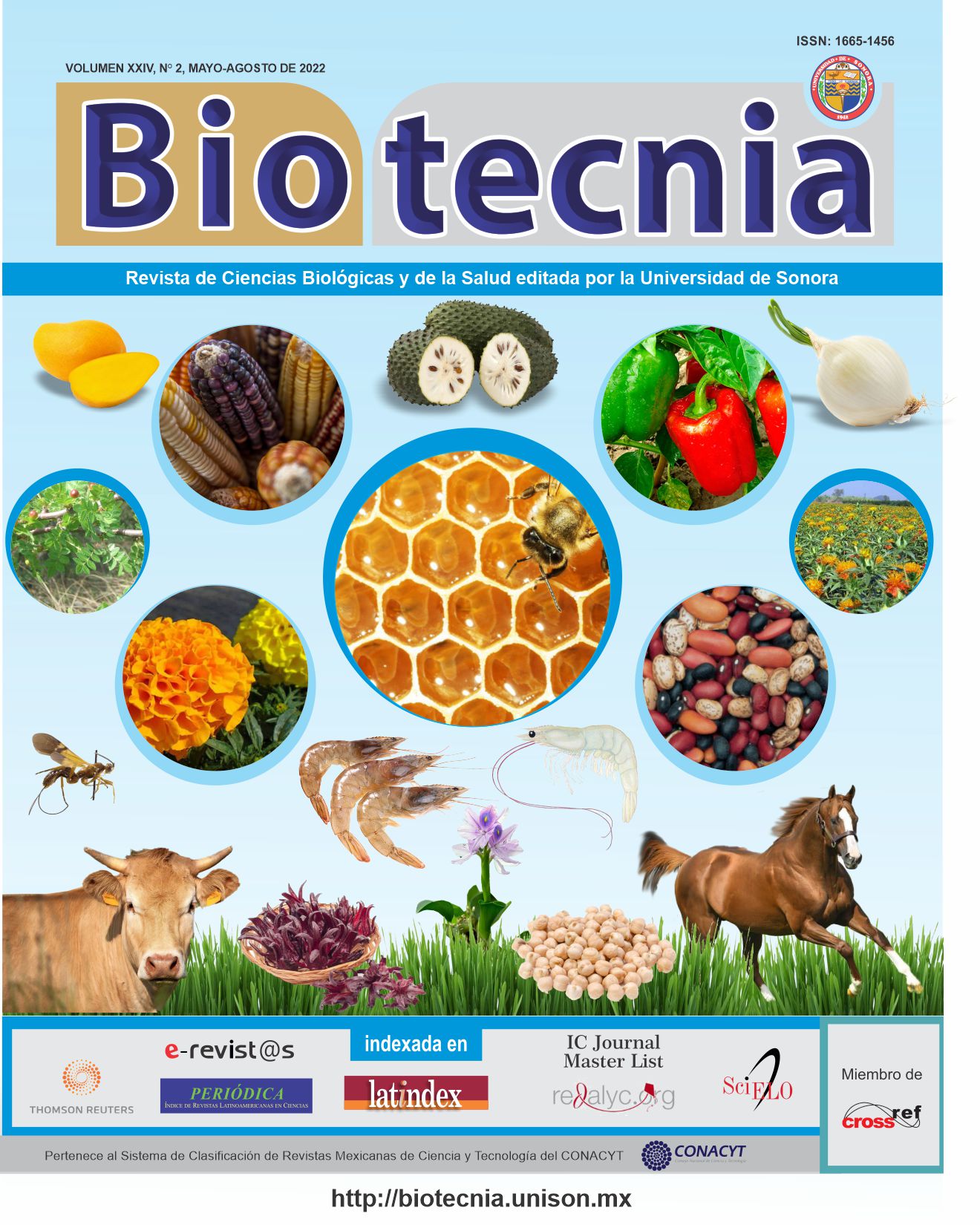


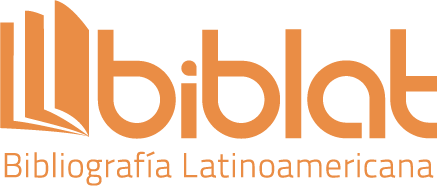
_(1)_(1).png)


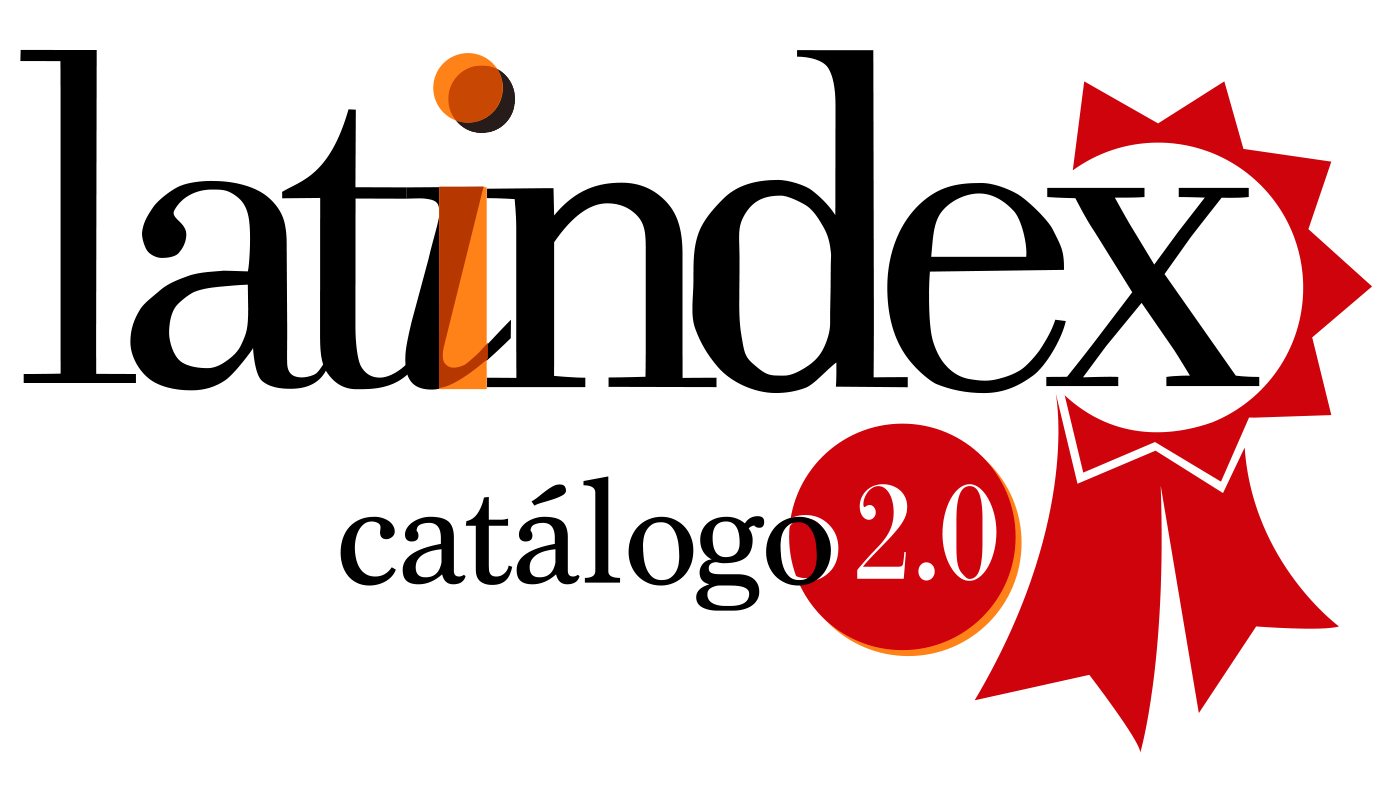

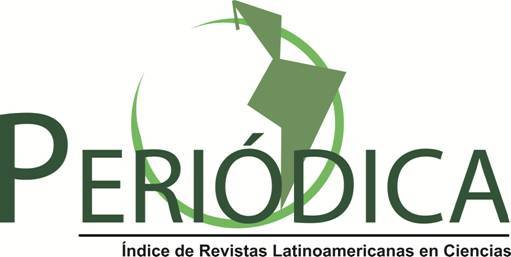

_(2).jpg)


